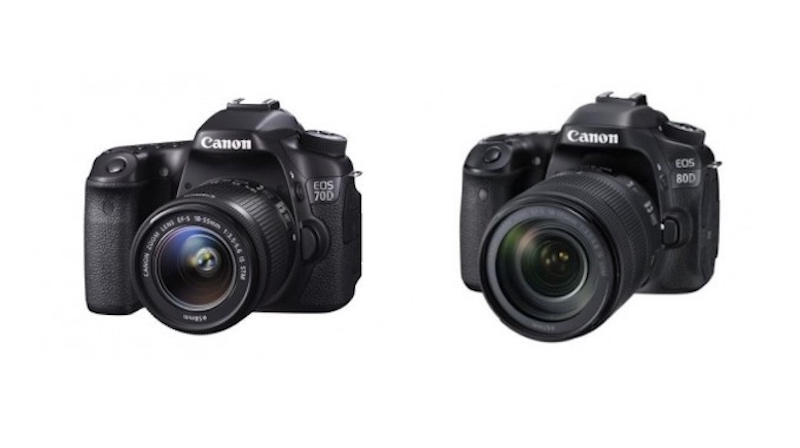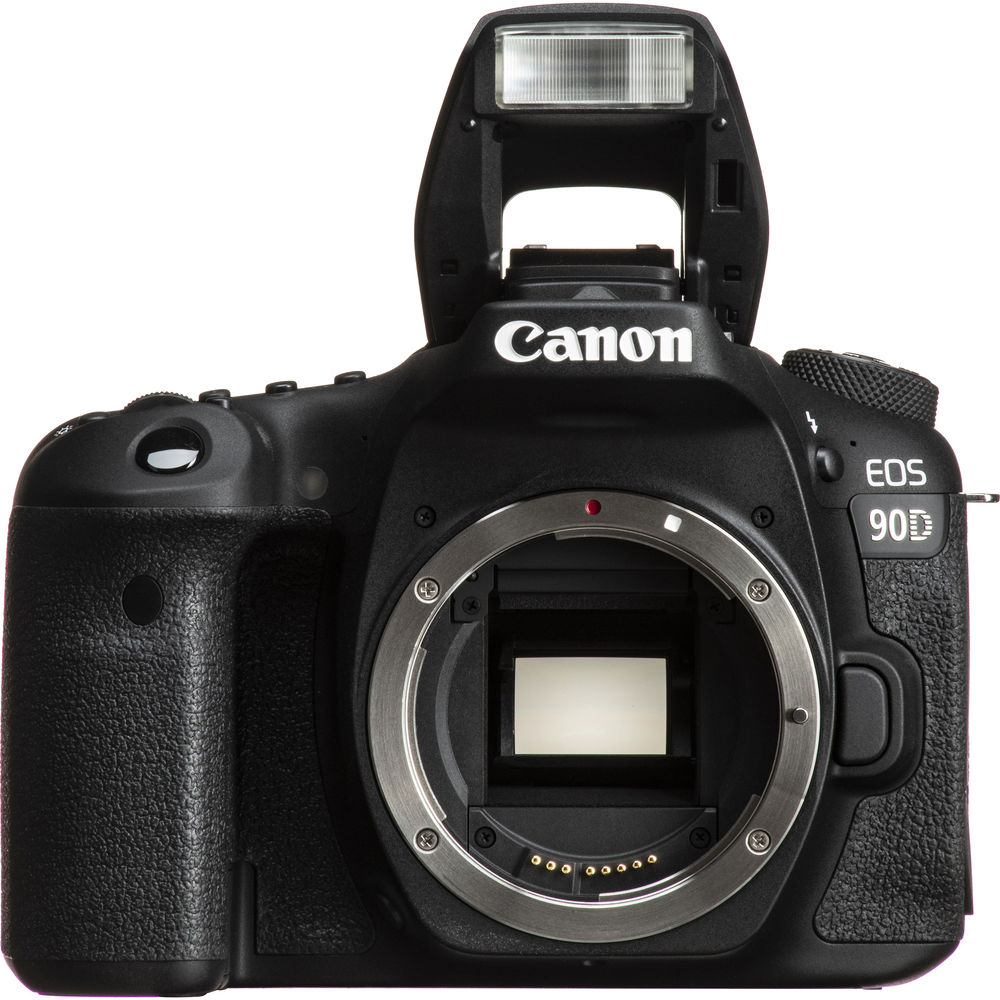
Most current digital cameras, on the other hand, are capable of creating photos with a variety of aspect ratios. The following is a comprehensive review of the Canon 70D and Canon 90D, both of which are high-end DSLR cameras produced by Canon and are both reviewed in depth. Although there is a huge variation in the picture resolutions of the 70D and the 90D, both cameras have the same sensor size of 1/2.3 inch (APS-C). Below is a side-by-side comparison of the technical specifications of the two cameras, which should help you quickly assess their differences and similarities. Please use the search option at the bottom of this page if you want to compare and contrast the differences and similarities of various camera models.
Sensor Comparison between the Canon 70d and Canon 90d
There is an optical viewfinder with a penta prism that covers 100 percent of the field of vision, and the magnification is c. The EOS 90D also has a built-in flash. Any camera purchase choice will, without a doubt, take into consideration comparable pricing. The manufacturer’s recommended retail prices provide an indication of the camera’s position within the manufacturer’s portfolio as well as the larger market. The two cameras under consideration were both introduced at the same time and are both positioned in the same market category. Typically, retail prices remain close to the launch price for the first few months, but after a few months, reductions become available.
Comparison of the Canon 90d with the Canon 70d
Cameras for «connected living» should be small and lightweight, not too large, and equipped with a touch screen as well as built-in WiFi and Bluetooth, among other features. A decent landscape camera should have a high resolution and a broad dynamic range; it should also be weather-sealed to be effective in all weather conditions. The maximum number of photographs that may be captured on a single charge of the battery. An in-body AF motor allows you to auto-focus with older lenses that do not have their own motors, which is quite convenient. Under these conditions (23°C and ISO 100), the AF working range’s minimum exposure value is 1. The lower this number is, the less light is required for regular autofocus functioning to take place.

If all of the conversions utilized the same sharpness, it would be ideal; but, ACR does not allow for that. It’s important to remember that the weight of an Interchangeable Lens Canon EOS 70D vs Canon EOS 90D Camera may vary depending on the lens you are currently using. The following is a side-by-side comparison of the 70D and the 90D in terms of physical dimensions. When compared to contrast detection autofocus systems, phase detection autofocus systems are far quicker. When filming scenarios with a lot of quick motion, the movies remain crisp and clear. It is the width to height ratio of the photographs that were taken «straight out of the camera.»
The sensor absorbs more light when it has a greater light sensitivity rating. This may be used to catch moving objects by employing a rapid shutter speed, or to shoot photographs in low light without the need of a flash, among other things. The size of a camera’s sensor is one of the most significant characteristics to consider. Increased light sensitivity is achieved by using a bigger sensor, which leads in increased low-light performance, dynamic range, and overall picture quality. These powerful cameras should be sturdy and well-built, have rapid autofocus and shutter speeds for recording fast-moving action, and produce images of professional-level clarity.

x
